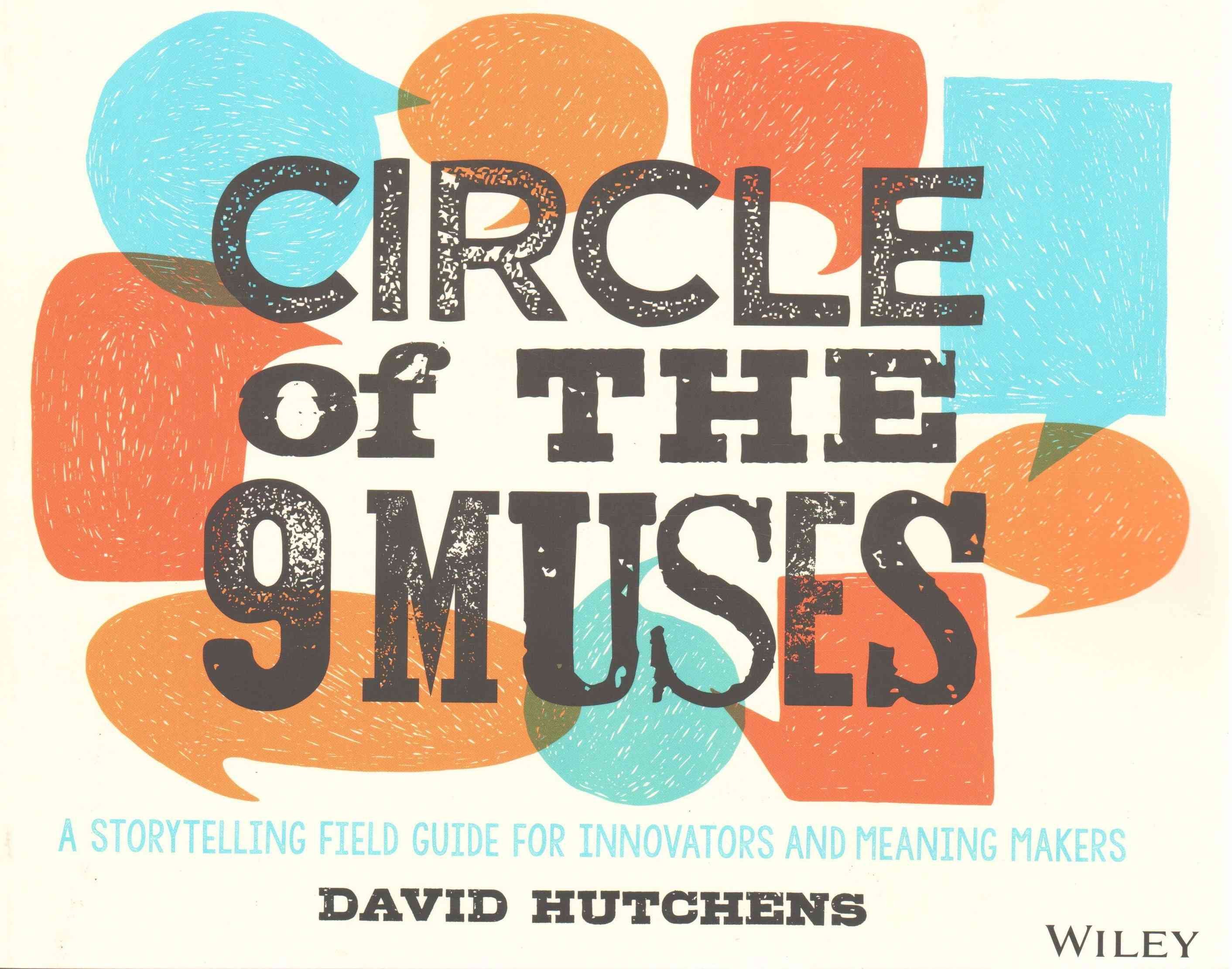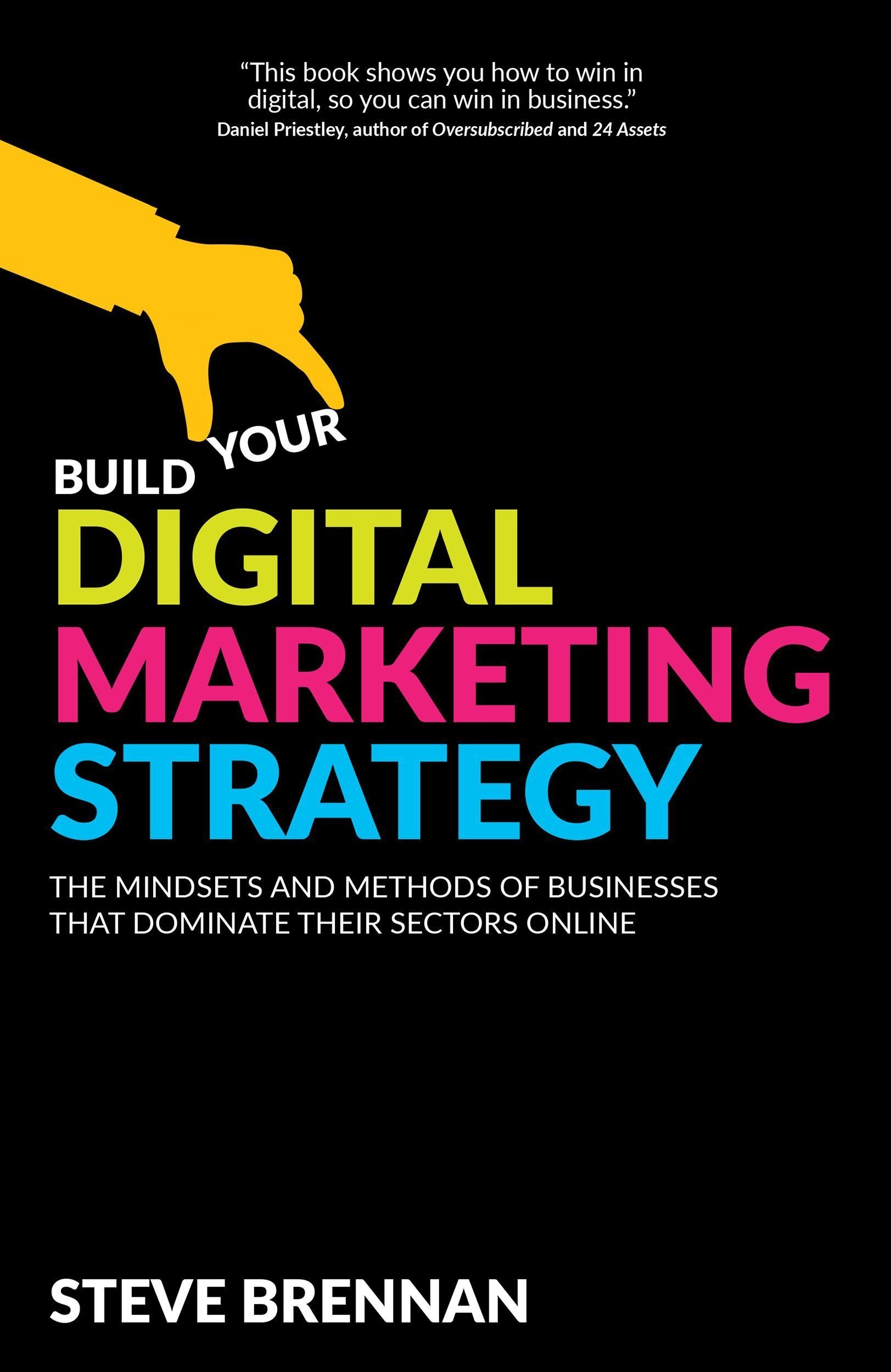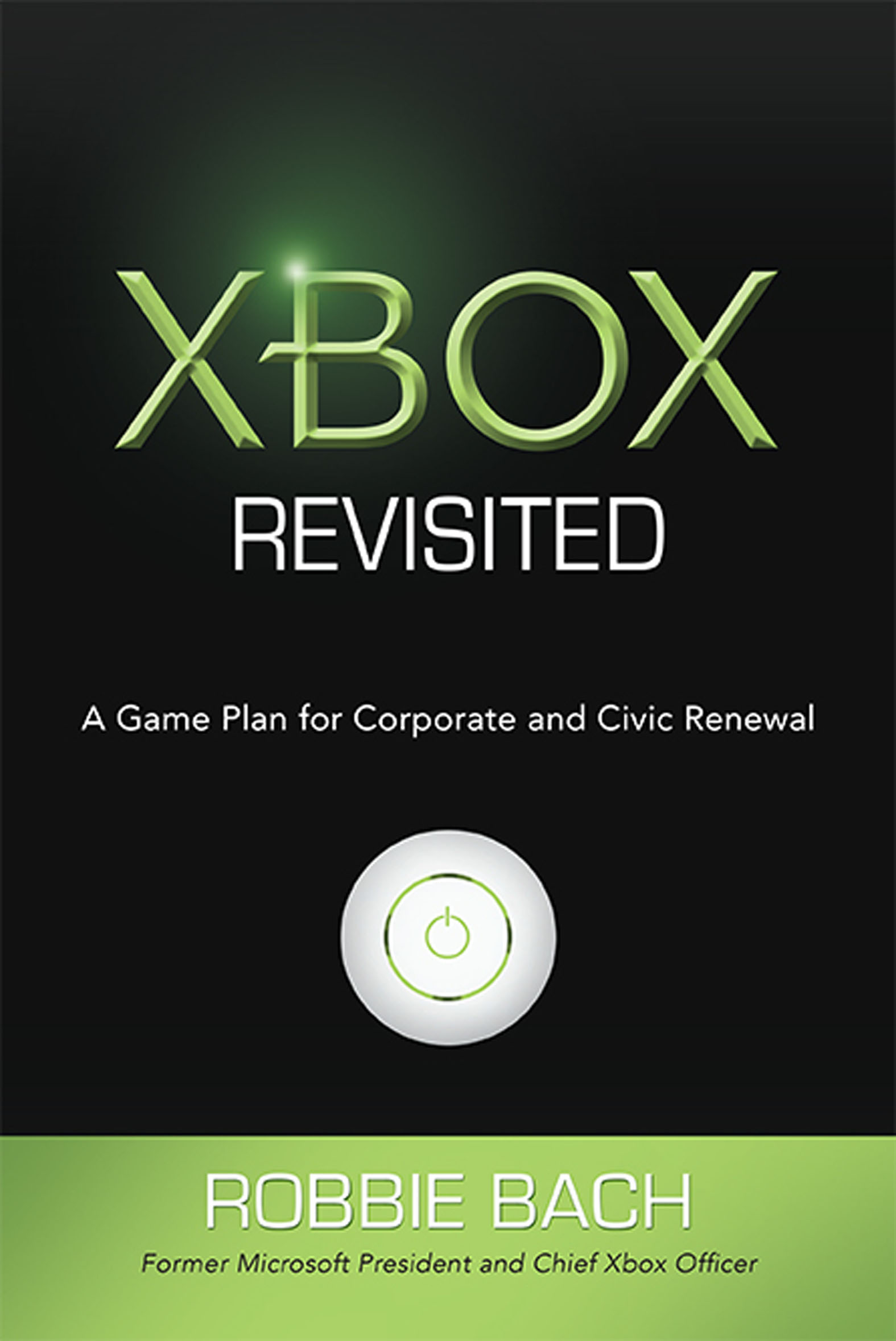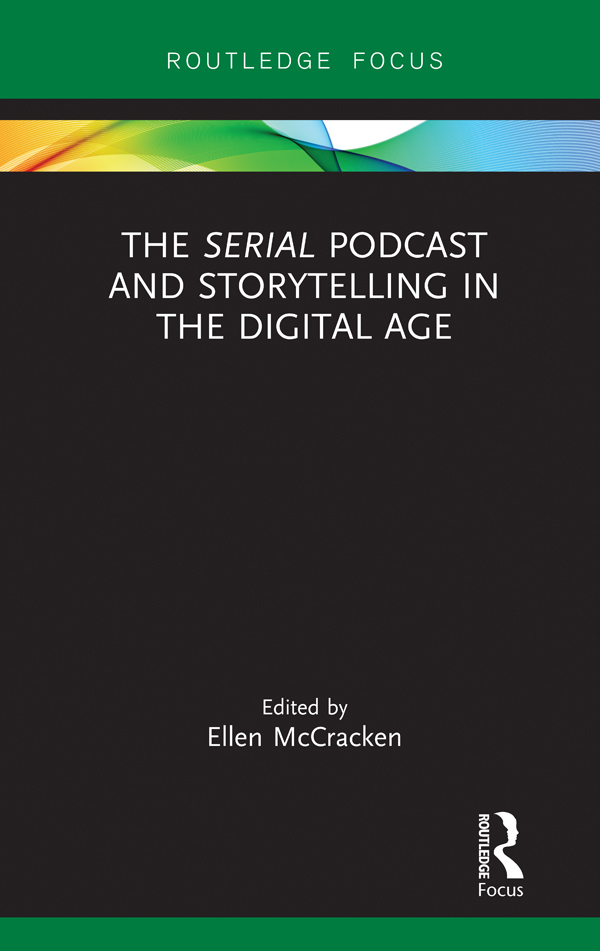This book presents many valuable tips for making decisions related to traffic flow in the transport networks. The knowledge base in practical examples, as well as the decision support systems described in this book, finds interest among people who face the daily challenge of searching for solutions to the problems of contemporary transport networks and systems. The publication is therefore addressed to local authorities related to the planning and development of development strategies for selected areas with regard to transport (both in the urban and regional dimension) and to representatives of business and industry, as people directly involved in the implementation of traffic engineering solutions. The tips contained in individual sections of the publication allow to look at a given problem in an advanced way and facilitate the selection of the appropriate strategy (among others, in relation to the evaluation of BEV and FCHEV electric vehicles in the creation of a sustainable transport systems, development of ecological public transport on the example of selected cities, impact of drivers’ waiting time on the gap acceptance at median, uncontrolled T-intersections). In turn, due to a new approach to theoretical models (including, inter alia, the application of genetic algorithms for the planning of urban rail transportation system, comprehensive estimate of life cycle costs of new technical systems using reliability verification algorithm, application and comparison of machine learning algorithms in traffic signals prediction), the publication also interests scientists and researchers carrying out research in this area.












